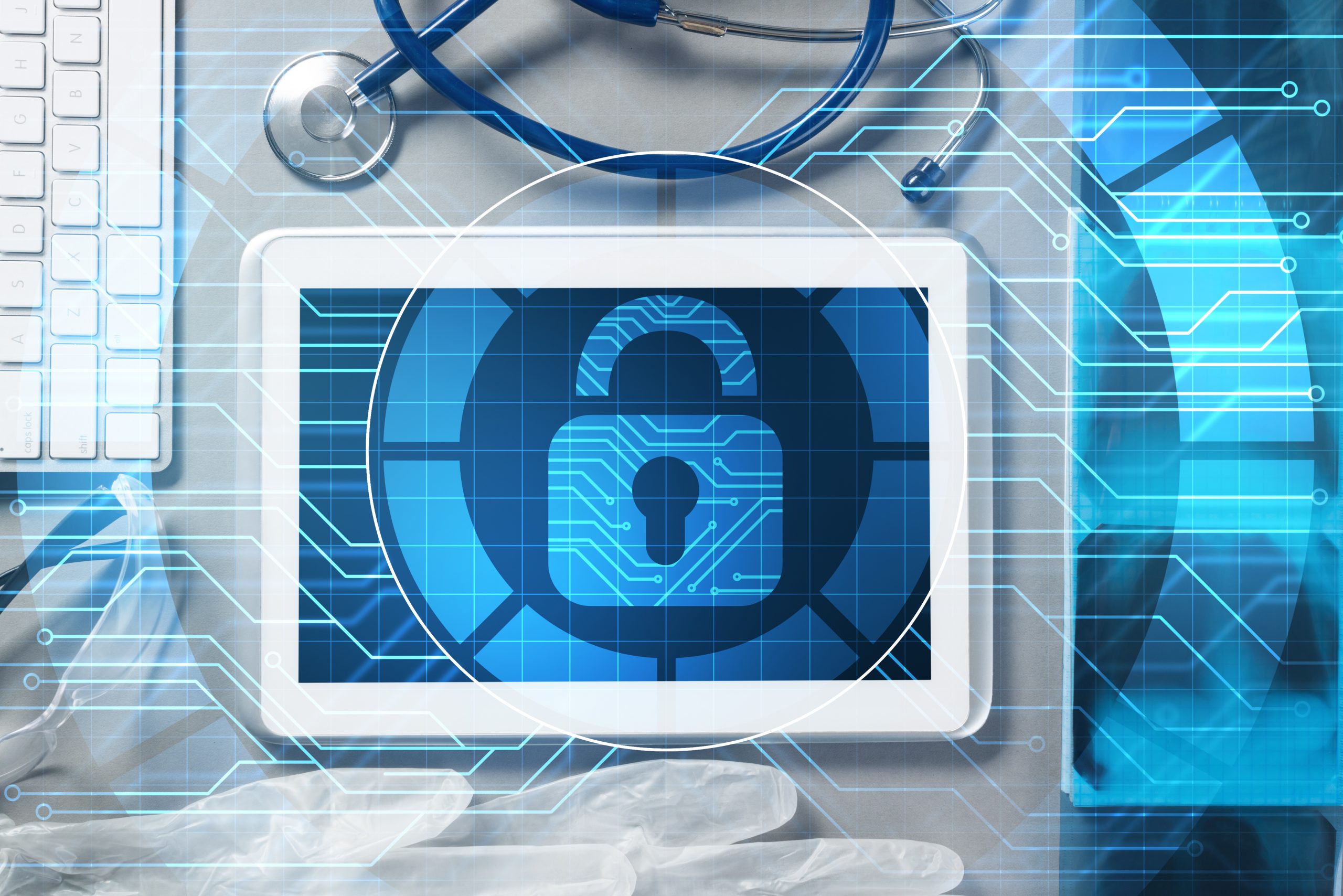Healthcare organizations increasingly rely on medical devices and technology to provide efficient patient care and improve medical outcomes. However, this increasing reliance on interconnected devices also presents significant cybersecurity challenges. Ensuring the security and privacy of patient data and medical systems is critical to safeguarding the integrity of healthcare services.
In this blog post we’ll look at a report published by the British Columbia Auditor General, titled “Management of Medical Device Cybersecurity at Provincial Health Services Authority.” We’ll explore the key findings and recommendations for improving healthcare cybersecurity practices.
The Growing Concern of Healthcare Cybersecurity
With the rapid proliferation of connected medical devices, healthcare institutions face an expanding attack surface for cybercriminals. Cyberattacks on healthcare systems can lead to data breaches, patient safety risks, and potentially devastating consequences for patients.
The report from the British Columbia Auditor General highlights the importance of proactively addressing cybersecurity risks in the healthcare sector. Understanding the vulnerabilities and implementing robust cybersecurity measures are vital steps towards safeguarding patients’ well-being and sensitive medical information.
Key Findings from the Report
The report assessed the cybersecurity practices at the Provincial Health Services Authority (PHSA) and identified several critical findings:
a) Insufficient Risk Management: The report revealed gaps in the identification and assessment of cybersecurity risks associated with medical devices used within the organization.
b) Inadequate Incident Response: The PHSA lacked a comprehensive incident response plan tailored explicitly to medical device cybersecurity breaches.
c) Patch Management Challenges: leaving medical devices vulnerable to known exploits.
d) Lack of Cybersecurity Awareness: Staff members not being trained and aware of the risks associated with medical device cybersecurity.
Recommendations for Enhanced Cybersecurity
The report provided several recommendations to improve the PHSA’s healthcare cybersecurity posture:
a) Strengthen Risk Management: Establish a robust risk management framework specifically tailored to medical device cybersecurity.
b) Develop a Comprehensive Incident Response Plan: An effective incident response plan should be devised and tested regularly to ensure a swift and effective response to potential cybersecurity incidents.
c) Enhance Patch Management Practices: Deploy a systematic approach to updates and patch medical devices promptly to address known vulnerabilities.
d) Cybersecurity Training and Awareness: PHSA should invest in training programs to educate staff members about potential cyber threats and best practices.
e) Administrative Access: all administrative access should be controlled and monitored to ensure it is appropriate.
Best Practices for Healthcare Cybersecurity
In addition to the recommendations provided by the report, healthcare organizations can implement the following best practices to bolster their cybersecurity defenses:
a) Network Segmentation: Segmenting medical devices from other networks can minimize the impact of potential breaches and limit lateral movement by cyber attackers.
b) Regular Vulnerability Assessments: Conduct frequent vulnerability assessments to identify potential weaknesses in medical devices and address them promptly.
c) Encryption and Access Controls: Ensure that sensitive data stored on medical devices is encrypted and implement strong access controls to limit unauthorized access.
d) Collaborate with Cybersecurity Experts: Engage with cybersecurity experts who specialize in healthcare to stay informed about the latest threats and best practices.
Conclusion
Healthcare cybersecurity is an ongoing challenge that requires proactive measures and constant vigilance. The report from the British Columbia Auditor General serves as a wake-up call for healthcare organizations, urging them to prioritize cybersecurity and protect both patient data and medical systems from potential cyber threats.
By implementing the recommendations and best practices outlined in the report, healthcare institutions can take significant strides towards safeguarding patient well-being and maintaining the trust of their communities in the digital age. Remember, a robust cybersecurity strategy is not just an option; it’s a crucial necessity for the modern healthcare landscape.
Practical Impact
This report was a major impetus for change in BC healthcare institutions and it was very interesting, and unusual, that it focused specifically on medical devices. Though many of the recommendations take a traditional IT perspective that is problematic when dealing with medical devices as we often can not implement those types of solutions – eg: installing various agents/software on medical devices or running active vulnerability scans (more on this in a future post). Still, it was welcomed to have the review as it galvanized support for additional cybersecurity resources both in the health organizations and specifically within Biomedical/Clinical Engineering departments.


Leave a Reply
You must be logged in to post a comment.